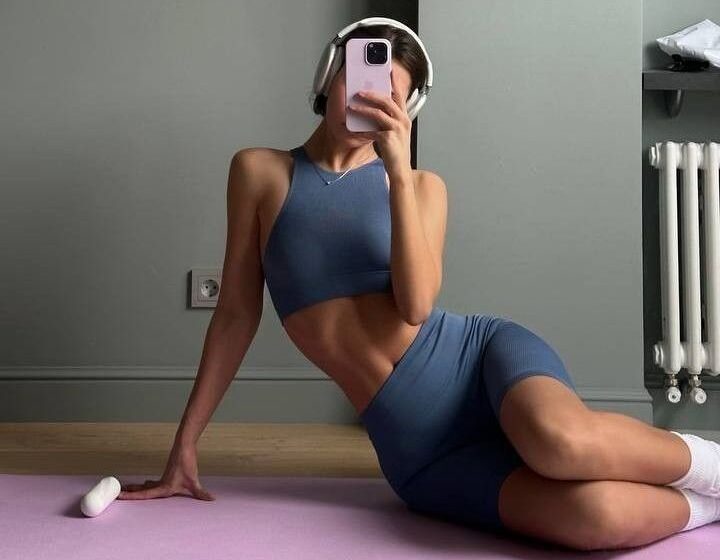
The Fall of the Clean Girl
Naina Durve explores the inaccessibility of the Clean Girl, and whether she’s here to stay for 2024.
We’ve all been there – scrambling in the middle of the night, trying to ‘get your life together’. Maybe you have the hangxiety blues or feel like you aren’t doing enough to be your ‘best self’. Either way, with the start of a new semester, lots of students and young people have adopted the ‘Clean Girl’ and other similar aesthetics to improve and revamp their lives.
This lifestyle of minimalism, cleanliness and clear skin is sold to us as the key to achieving happiness, peace and, essentially, perfection. ‘Clean Girls’ prioritize self-care over messy nights out, and productive activities instead of rotting in bed all day. They’re never seen without a slicked-back bun – but is being a “Clean Girl” sustainable, and where is this trend headed in 2024?
The birth of the Clean Girl stemmed from the revival of the 2010 business look that has been adapted into a post-covid, wellness-centred trend. She doesn’t party, but instead goes to yoga, drinks smoothies, and has flawless skin. Predominantly acted out by white heterosexual women, the Clean Girl comes with an array of issues. For starters; the aesthetic is only accessible to people with heaps of disposable cash and free time. It capitalises on Eurocentric beauty features and portrays these women as ‘perfect’. Once again, white women are shown as the epitome of beauty standards. It also excludes nonbinary or gender-fluid people by being a trend for the ‘girls’, further reinforcing traditional gender roles. Purewow magazine further elaborates on these points, by explaining how ‘Clean Girls’ works to exclude disabled and old people.
She doesn’t party, but instead goes to yoga, drinks smoothies, and has flawless skin.
For us students, this is completely inaccessible. The titular ‘Clean Girl’ implicates the rest of us as ‘dirty girls’ – and living in Hyde Park certainly alludes to the latter. Financially, the Clean Girl further exploits us by trying to sell beauty products like Pixie glow sticks that realistically won’t fix our problems. This just simply drives us further into the never-ending hole of student debt.
University is supposed to be a place for personal development, self-growth, and experimentation. This isn’t really complicit within the Clean Girl’s guidelines. Trying to aspire to the trend doesn’t leave any breathing room to make mistakes, let off steam or try new things. This aspiration to be ‘perfect’ only contributes to increased levels of anxiety. Sometimes, indulging in your ‘dirty girl’ habits – like allowing yourself some bed-rotting time – is essential.
Whilst we can acknowledge that she has brought us some good things like prioritizing self-care, the Clean Girl is evolving, and her persona is changing.
So the big question is: where do we go from here? According to trend forecasters such as Hunger magazine, 2024 is the year to abandon the Clean Girl. This is the year for reviving maximalism, chaos and just generally being yourself. Whilst we can acknowledge that she has brought us some good things like prioritizing self-care, the Clean Girl is evolving, and her persona is changing. 2024 is the year to keep the good stuff, but ensure we aren’t restricting ourselves with outdated societal rules imposed on us by rich white people. If there is ever a time to allow yourself not to follow the rules and wear what you want to wear, it’s now. Go to that party, get drunk, and embarrass yourself because it doesn’t matter! Take this new semester to break free from the negative aspects of being a Clean Girl, and unapologetically embrace your best dirty girl self.

